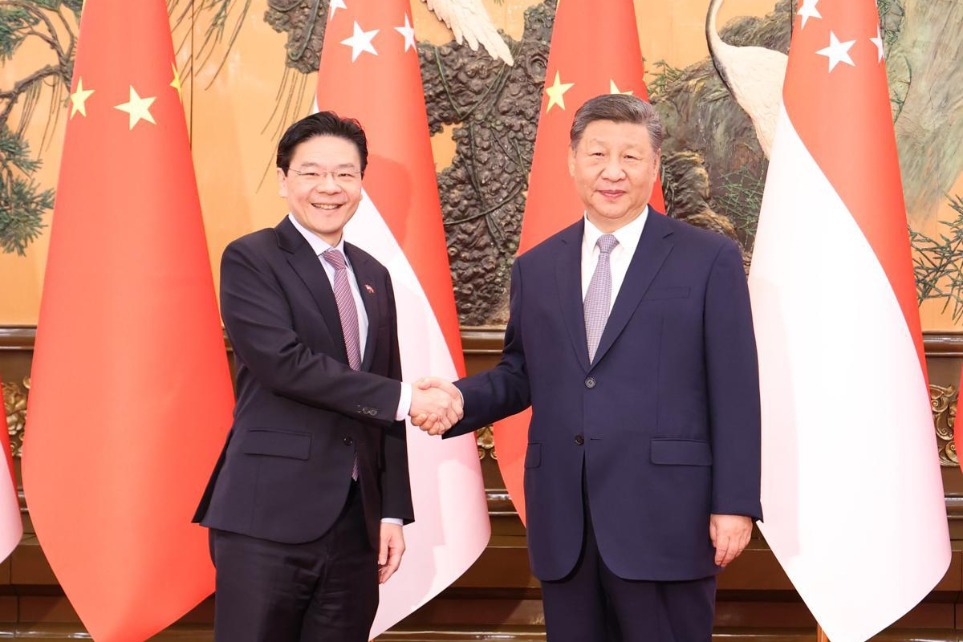We need a scientific health insurance policy


A recent online notice by a leading public hospital in Southwest China's Guizhou province has come as a shock to many, as it says the clinical use of some high-cost medical appliances in departments such as ophthalmology, orthopedics, cardiology and general surgery has been suspended to help reduce health insurance costs.
China has the world's largest health insurance scheme covering about 1.3 billion people, so some hospitals' move to cut peripheral costs to ensure sustainable operations is understandable. But the Guizhou hospital's notice has touched a nerve with the people, because they are worried that the ever-strengthening cost control could mean poor medical treatment, especially at the end of the year when hospitals are close to running out of insurance money.
In China, the government is in charge of the basic health insurance policy, with public hospitals serving as the main service providers. Under a prepaid settlement, the social security department, the insurance operator in China, pays each hospital a lump sum at the beginning of a fiscal year as medicine and treatment costs for the whole year.
The exact sum is decided based on indicators such as the average annual number of patients who visited a hospital in previous years and the average cost for each treatment. The settlement approach is aimed at maintaining fund security and sustainability, but appears to be both simple and unscientific under certain circumstances.
People cannot choose the time to fall ill, and physicians' clinical choices shouldn't be held to ransom, cost control or no cost control. However, in reality, some hospitals are "motivated"-perhaps out of desperation-to take irrational cost-control measures when little prepaid insurance money is left at the end of a fiscal year. Hospitals would face administrative punishment, even have their grade lowered, for poor insurance cost control.
In fact, the Guizhou incident is not the first of its kind. In 2013, some hospitals in Shanghai reportedly denied treatment to insurance patients, receiving only those who were ready to pay out of pocket, citing insurance cost control. Online posts on smart hospital and doctor visits by insurance patients are all about timing. But how can a patient visit a doctor at the beginning of a fiscal year, which in Beijing is late March, if he or she falls ill in, say, December?
For long, patients in China have complained about high medical costs, particularly those incurred from unnecessary tests, medicines and procedures. Most ordinary people are unaware of the facts of the medical world; they might never know the difference between two types of surgical sewing threads-one costing just several yuan while the other 700 yuan ($108.4).
So sustaining and possibly stretching the insurance money for all the insured people through better scientific cost scrutiny and control should always be high on the authorities' agenda.
People need and deserve a system where doctors ensure insurance money is worthily spent, and medical treatment properly provided, because that is the contract between the people and the government. This is particularly important because of China's fast aging population, which has put additional pressure on the healthcare policy.
China recorded its highest birth rate in the early 1960s, with more than 30 million newborns a year. Those people are now in their 50s, an age when the risk of contracting a disease is high. So how can the insurance policy sustain?
Since the insurance scheme was launched around 1995, the savings in the pool today is far from enough to sustain it. A more scientific and comprehensive medical insurance policy is needed to guarantee public health, even the country's stability.
The author is a senior writer with China Daily. shanjuan@chinadaily.com.cn































